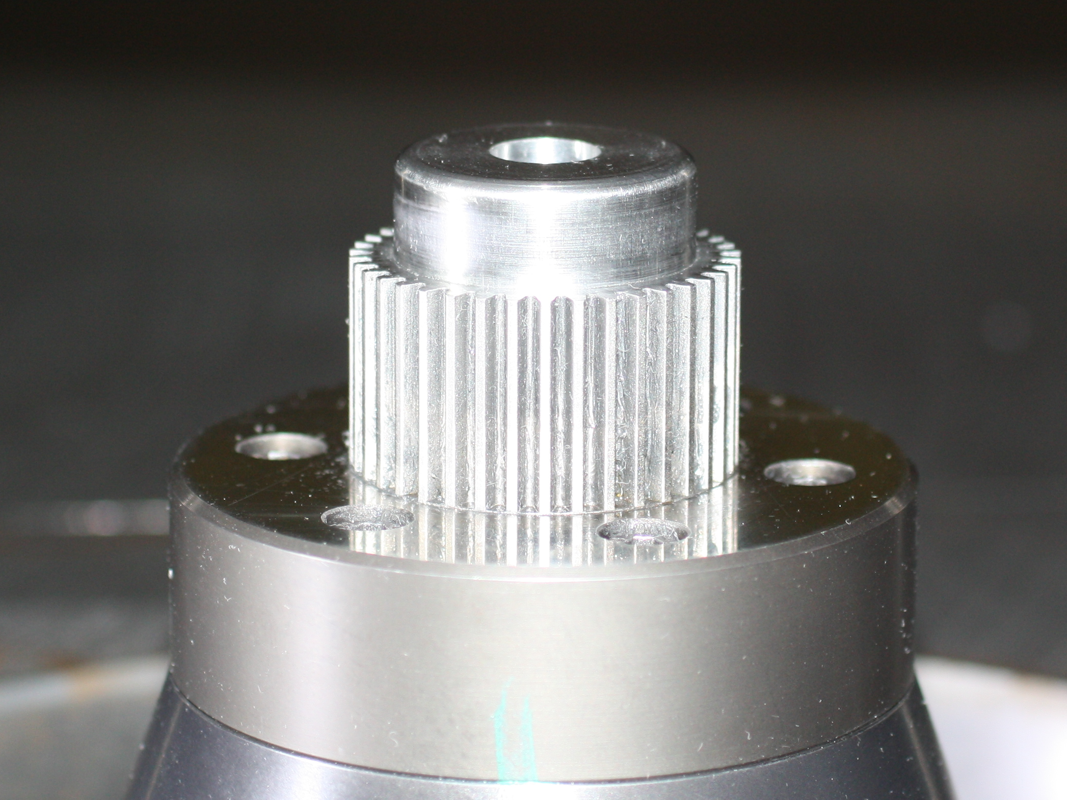Bernd-Arno Behrens, Sven Hübner, Philipp Müller, Hans-Bernward Besserer, Gregory Gerstein, Sergej Koch, Daniel Rosenbusch (2020); Metals, Volume 10, Ausgabe 5, Seite 617



The sustainable use of resources and the shortage of energy pose major challenges for current research. Therefore, tool and process technologies as well as process controls have to be checked for optimisation potentials and new energy-saving processes have to be researched. Optimisations focus on the combination of processes and methods in order to achieve synergy effects from material pairings or to simplify processes.
One example of research in the field of new materials is hybrid construction. Here, steel is combined with plastics. By applying fibre-reinforced plastics to steel prior to forming, the advantages of both materials can be exploited to create a component with improved properties. The general aim for components in automotive engineering is to have the same mechanical properties as the conventionally manufactured component, but at a significantly reduced weight. This ensures the same level of safety and reduces fuel consumption due to the lower weight. The tool is designed in such a way that the correct material flow from both materials is achieved by forming in the steel-plastic composite.
An example of a combination of several process steps is collar forming with integrated thread forming. The aim is to combine collar drawing with thread forming in a single step. The tool is designed in such a way that the internal thread is formed at the same time as the collar is formed. This saves process steps. Combining the two processes requires precise process control, as the motion sequence becomes more complex.
Oxygen-free production is a new process to advance conductive heating. The oxygen-free environment makes it possible to coat the sheet during conductive heating. This allows massive energy savings compared to roller hearth furnaces. This has been and will continue to be developed at IFUM. This process can save a massive amount of energy compared to heating with roller hearth furnaces. In combination with oxygen-free heating, uncoated sheets can be heated, coated and shape-hardened in a very short time. This is of particular interest to the automotive industry, since corrosion-resistant high-strength steels are used in the passenger cell area, especially in the A, B and C pillars.
PUBLICATION
This paper presents the development of a new sheet-bulk metal forming process for the production of components from a flat sheet. In the new process, a vibration superposition was applied in the process. This extended the process limits in terms of better die filling and reduced the forming forces. Plane strain and ring crush tests were performed to investigate the effects of the superimposed vibration on material behavior. The vibration-superimposed compression test showed a reduction in biaxial yield stress and thus plastic work. In addition, a reduction in friction and roughness was verified in ring crush tests with superimposed vibration.























